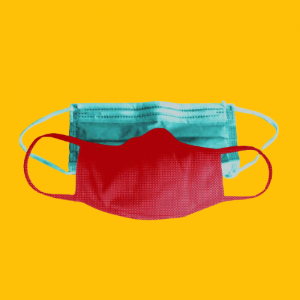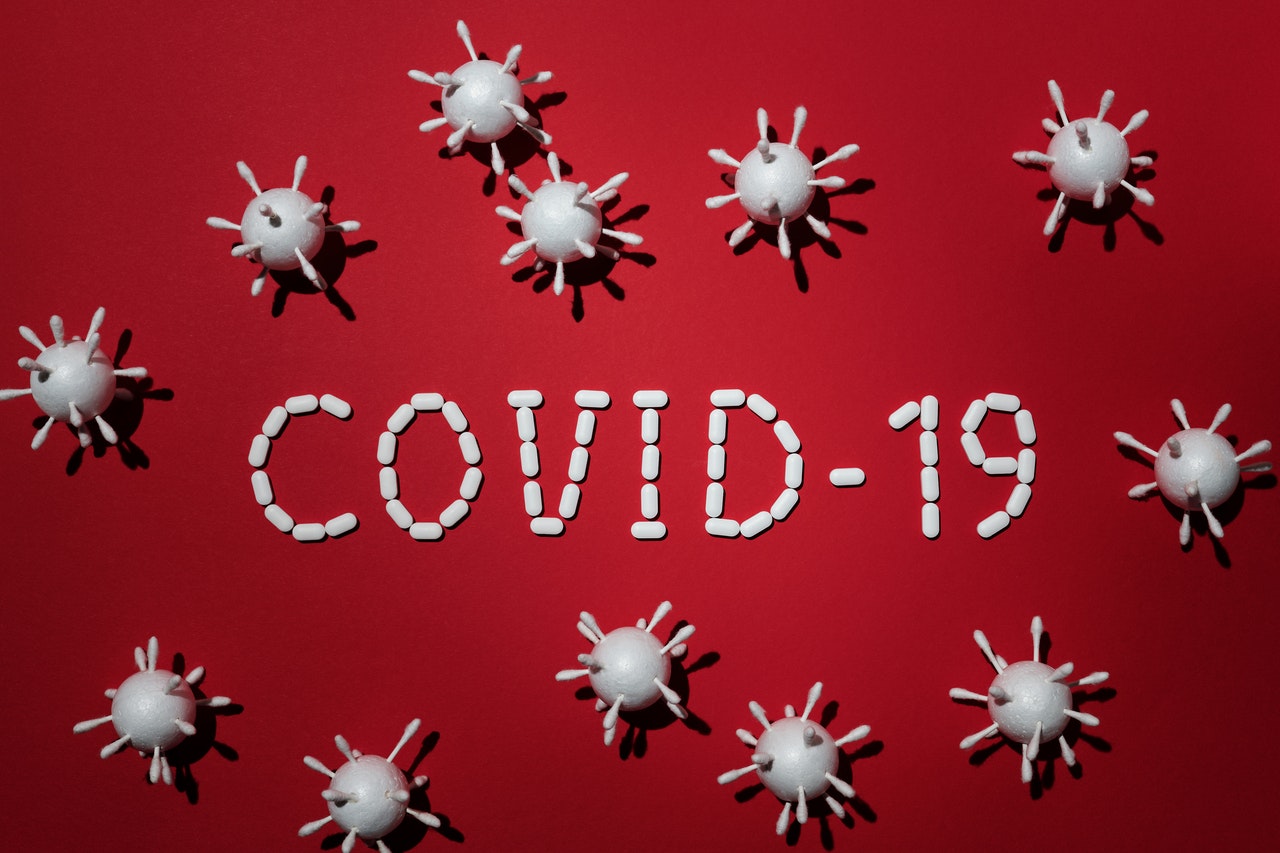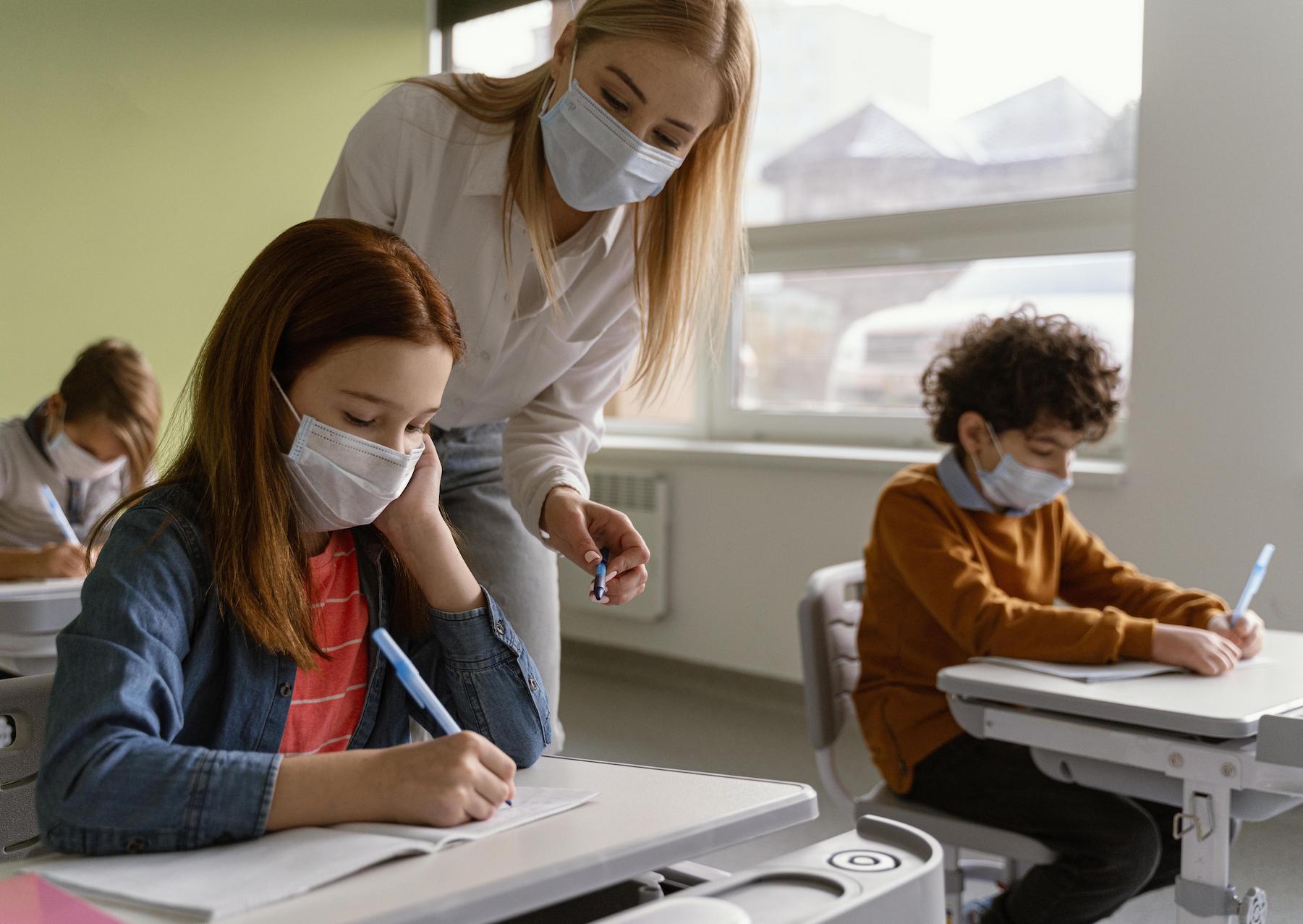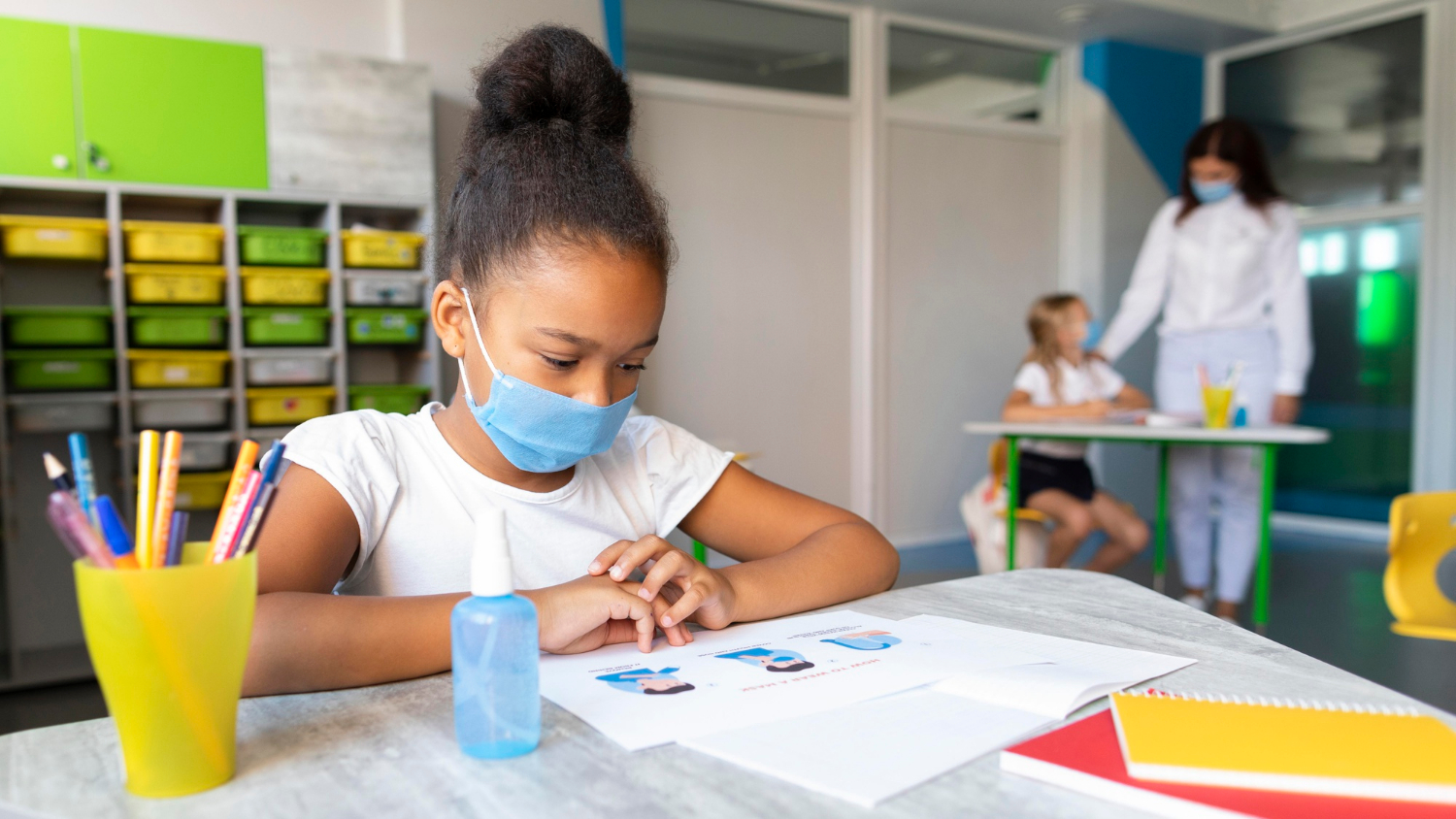Use These 6 Expert Tips To Find The Best Masks For Your Kids
 Which masks are best to keep kids safe? It’s a question on many parents’ minds as students return to in-person school in the fall of 2021 amid a huge wave of coronavirus infections. Masking is a key safety measure in schools for all kids, especially for children too young to be eligible for any COVID-19 vaccine.
Which masks are best to keep kids safe? It’s a question on many parents’ minds as students return to in-person school in the fall of 2021 amid a huge wave of coronavirus infections. Masking is a key safety measure in schools for all kids, especially for children too young to be eligible for any COVID-19 vaccine.
A recent study involving 100 school districts and 14 charter schools in North Carolina found that masks were effective at preventing in-school transmission of COVID-19 — even with physical distancing of less than 3 feet.
NPR asked several experts what parents should consider when it comes to masks for their kids. They all agreed that the most important thing is to choose one that a child will actually wear properly all day long.
1. Focus on comfort and fit
For younger kids especially, you want to choose a mask that is comfortable, so they won’t fiddle with it all day long, says Ibukun Kalu, an infectious disease pediatrician at Duke University.
“I would advise using the most comfortable mask, but at least ensure that it’s a double-layer cotton mask,” she says — and don’t use one with an exhaust valve.
Most importantly, pick a mask that fits closely over the nose and mouth and down to the chin — bonus if it has adjustable ear loops and/or an adjustable nose piece.
2. Pack a spare for school
Kids tend to be messy, so it’s a good idea to throw an extra mask in their backpacks in case the one they’re wearing gets soiled or sweaty, says Tina Tan, a pediatric infectious disease physician at Lurie Children’s Hospital in Chicago. She says that’s one reason parents might want to choose cloth masks over disposable ones for their kids.
3. Skip the neck gaiters
Many kids like to wear gaiters because they’re easy to pull up and down and they don’t have any ear loops to fuss with. But while any mask is better than no mask, “I would really put [gaiters] way at the bottom of the list,” says Yvonne Maldonado, a pediatrics and infectious disease specialist at Stanford University who also serves as chair of the Committee on Infectious Diseases for the American Academy of Pediatrics.
4. Consider adding a filter or double-masking
If your child can wear it comfortably, now would be the time to add a filter to the mask, says Linsey Marr, a researcher at Virginia Tech who studies how viruses transmit in the air. She’s also the mother of two children, one of whom is still too young to be vaccinated.
Double-masking is also an option, she says. Your child would wear a surgical mask closest to their face, with a snug-fitting cloth mask on top to eliminate any gaps.
5. Practice good masking techniques at home
Not every child knows proper mask etiquette, says Kalu, who was part of the research team that found masks worked to curb transmissions in North Carolina schools, so it’s important for parents to model that behavior. Make sure kids know how to put the mask on properly — with the adjustable nose piece worn on top of their nose bridge, not under their nostrils, for example, and without gaps around their face. It also means knowing not to touch the front of the mask, she says, lest they contaminate their fingers.
Excerpted from “Use These 6 Expert Tips To Find The Best Masks For Your Kids” on NPR. Read the full article online for additional details.
Source: NPR | Use These 6 Expert Tips To Find The Best Masks For Your Kids, https://www.npr.org/sections/health-shots/2021/08/24/1029503990/best-face-masks-for-kids-focus-on-comfort-and-a-snug-fit | © 2021 npr
If you have concerns about your child, CHC Care Coordinators can arrange a free 30-minute consultation so you can explore options with an expert. We invite you to call or email us at 650.688.3625 or careteam@chconline.org to set up an initial Parent Consultation appointment. CHC teletherapy services are available now.





